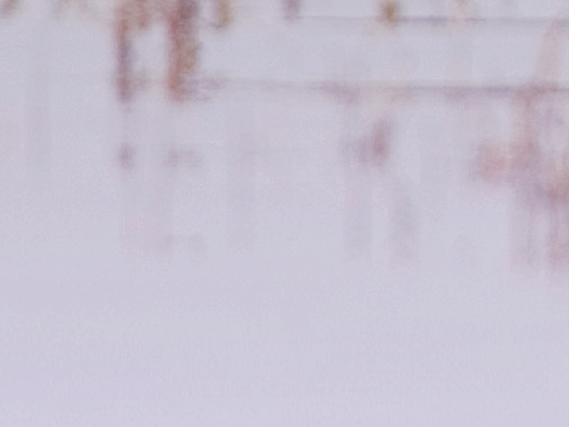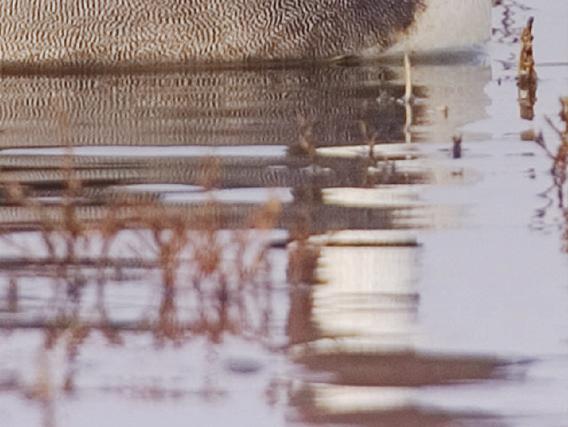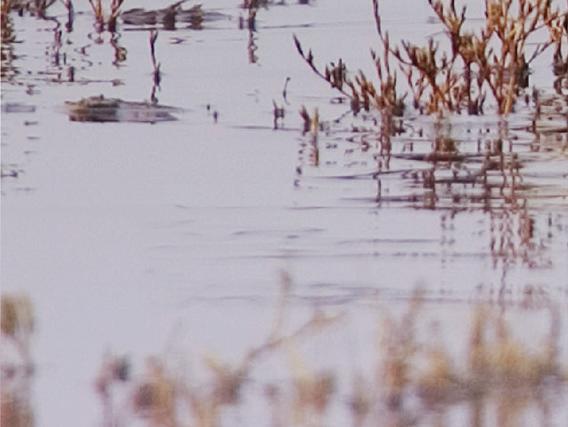
4 minute read
FRONT LINE


Pintail by Mike Brown






VARIOUS PROJECTS AND RESEARCH INITIATIVES ARE HELPING BREATHE NEW LIFE INTO THE WETLANDS OF LAOIS AND OFFALY, WRITES ANNE SUNDERMANN
In February 2021, the Laois/Offaly Branch of IWT moderated a webinar featuring representatives from notable wetlands in counties Laois and Offaly. The panelists described their restoration successes and challenges, old and new (you can watch it on the IWT Laois/ Offaly YouTube channel). More than 310,000 hectares of Ireland’s landmass is classified as wetlands, with much concentrated in the heartland in these two counties. Although all are different, each area of peatlands, boglands or river floodplain shows the promise – and the challenges – of these oftforgotten and more often neglected landscapes. Visits to sites such as Abbeyleix Bog, Clara Bog, Lough Boora, Shanahoe wetlands and the Shannon Callows will instill a sense of the timelessness of these special places.
COMMUNITY PARTICIPATION AT ABBEYLEIX BOG “Hydrology determines habitat”, according to Abbeyleix Bog Project volunteer Chris Uys. From uplands and bog woodlands to the deepest drainage ditches, the connection between habitat and hydrology, including the composition of the waters, the acidity and the mineral content, inform how these wetland sites are managed.
Old drainage ditches that bisect Abbeyleix show the impacts of land use. The drains were blocked in 2009 and the bog rewetted. A defunct rail line bisects the bog, making it an accessible trail for visitors.
The Abbeyleix Bog Project is a prime example of a community-led conservation initiative, holding a 50-year lease (until 2060) on the 190-hectare Laois bogland. The project’s goal is to maximise the ecological benefits to the local community.
INTERNATIONAL RESEARCH AT CLARA BOG Raised bogs are rare in Europe and Offaly’s Clara Bog “is one of the largest raised bogs in the country”, says the National Parks and Wildlife Services’ Jim Ryan. In addition to its importance as a designated Special Area of Conservation (SAC), Clara Bog is an international resource, providing more than three decades of scientific research. New technology and restoration methods have been developed at Clara, including how best to maintain and install wetlands. Ryan noted that “the bogs were so badly destroyed, that a lot of people have come to Ireland over the years to learn from them.”

ECOTOURISM AT LOUGH BOORA “What do post-industrial peatlands look like?” asks Alex Copland of Bord na Móna. A cutaway bog exploited for decades, Lough Boora has been restored and reborn. Bord na Móna is no longer funding peat extraction and has committed to restoring the entirety of the bog.
Re-developed as an ecotourism destination for visitors and residents, the Discovery Park at Lough Boora features diverse wildlife, nature trails, events, a visitor centre and a café. Copeland quips: “Who thought a bit of bog in west Offaly would bring people in?”
BIODIVERSITY MONITORING AT SHANAHOE WETLANDS Seasonality plays an important factor in the wetlands. The Shanahoe Wetlands of the River Nore in south Laois illustrate annual flooding cycles. Deep floods in winter leave lakes in the floodplain lasting half the year. The drier summer season fosters hay and grasslands grazed by cattle and sheep. Birdwatch Ireland volunteer Des Finnamore notes that “with 50-70% of these farms flooded for weeks and months, society should recognise the service the farmers provide by holding the water on their lands”, instead of the waters draining directly into the River Nore.
Bog mosses
Shanahoe’s species diversity is impressive for an inland county. In addition to important avian species such as the golden plover and whooper swans, Shanahoe is home to hundreds of invertebrate (brimstone, small coppers) and plant species (long-leafed orchids).
CREATING HABITAT WITH FARMERS AT SHANNON CALLOWS Flooding has shaped the Shannon Callows, its bird and plant life making it a special place. As one of the last unmodified flood plains in Europe, the slow-moving waters of the Shannon are particularly flood prone, from four to six months annually, notes Kathryn Finney, Curlew EIP Project manager for Birdwatch Ireland.
To the untrained eye, the Callows looks like one large, unfenced hayfield. However, more than 60 farmers have plots, using methods passed down through the generations. Finney notes that farmers support the work on the Callows and that the restoration is informed by the farmers’ experience.
Finney’s research shows a decline in bird species such as corncrakes, redshank, snipe, curlew and lapwing. Even with these declines, the Shannon Callows still offer a seasonal spectacle when thousands of waterbirds return to spend the winter on the flooded pastures of the great river.
COMMON THEMES The use and overuse of Irish bogs has been at considerable cost to the health of wetlands ecosystems. Peat harvesting offered low-cost fuel, discounting the benefits of natural habitats (effective storage for carbon, improved water quality and breeding habitats for endangered species). There is economic value as well: according to the Irish Ramsar Committee on Wetlands, Ireland’s wetlands biodiversity nets almost €400 million/year and contributes to the almost €350 million gained annually from ecotourism.
In Laois and Offaly, the last decade has highlighted the ecological, cultural and community value of its wetlands. In this era of transition, it is important to collaborate with those who work the land to address climate change impacts, create more biodiverse habitats and promote the use of more natural floodplain management and bog restoration practices, as well as access to nearby communities.










